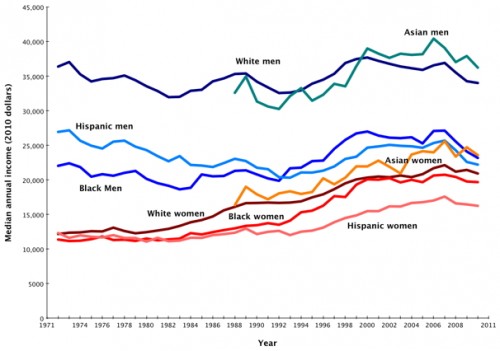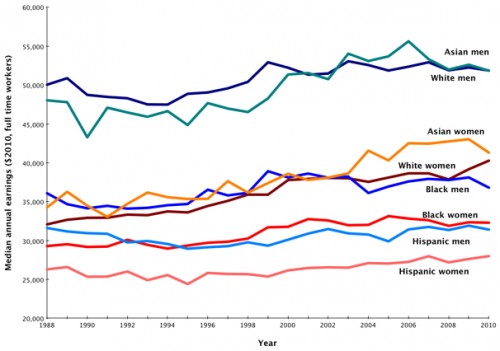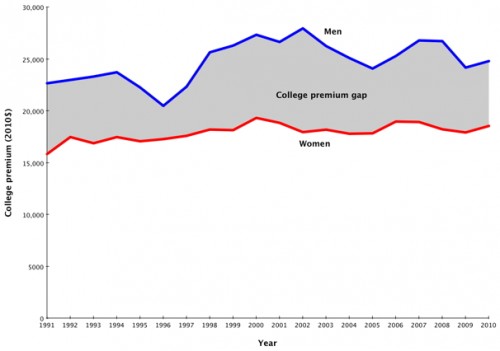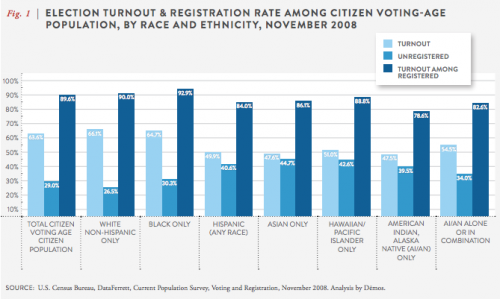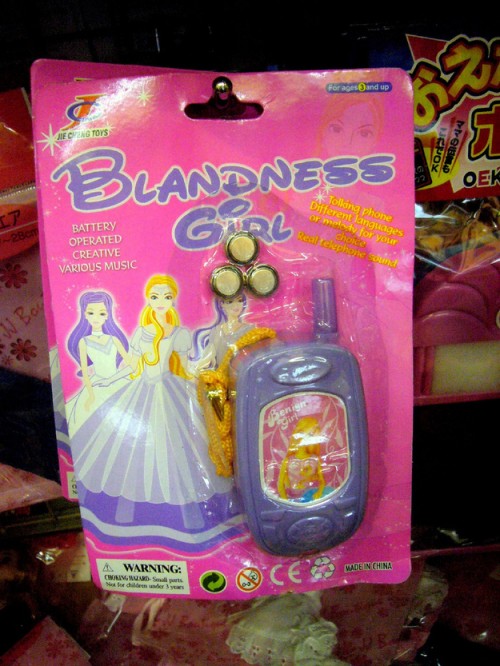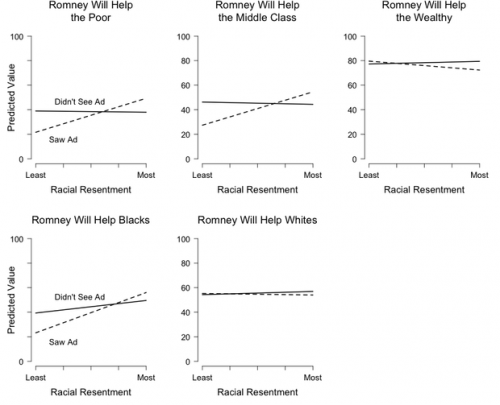The Washington Post has a post up by Dylan Matthews that looks at the U.S. gender wage gap over time. It has several charts that illustrate trends in pay very clearly. Here’s a breakdown of median income (in constant 2010 dollars) by gender and race/ethnicity, for all workers, both full- and part-time:
The gap remains for full-time, year-round workers, too. Women have gained ground, but within every racial/ethnic category, women’s median income is lower than men’s and every other group earns significantly less than Asian and White men. However, there’s a clear racial earnings hierarchy visible in the chart as well, which isn’t getting nearly the attention that the gender wage gap is:
Moreover, the income bump received from earning a college degree is still higher for men than for women:
There are additional charts further breaking down differences in pay among men and women in the original post. As Matthews argues, and as Philip Cohen has posted about here at Soc Images, the data just don’t support the “impending female economic dominance” narrative that has become popular recently.

